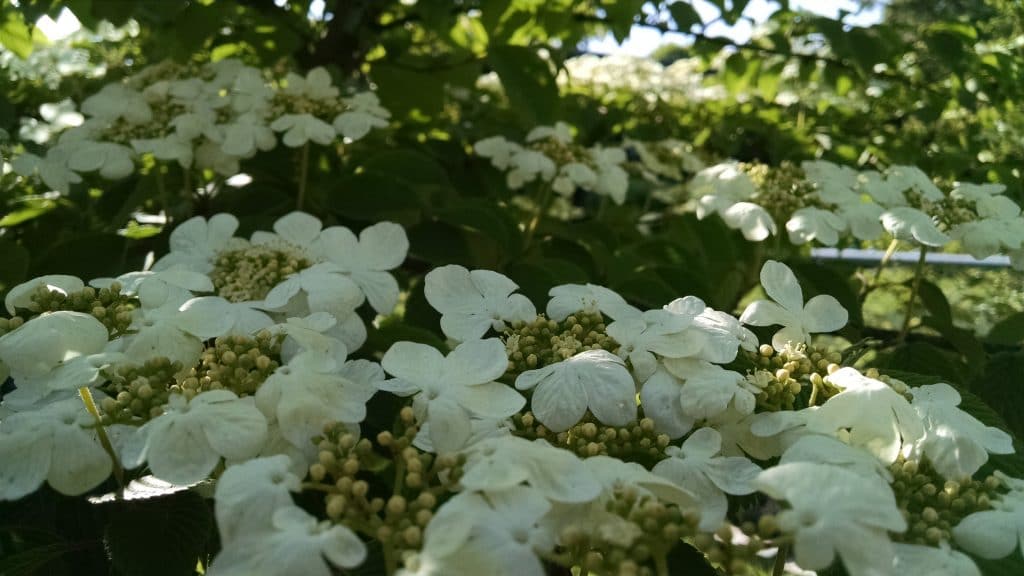 Fresh and fetching as a young bride, the dreamy white flowers floated above the branches like a thousand resting butterflies. They fluttered effortlessly in the breeze, releasing their sweet perfume into the air.
Fresh and fetching as a young bride, the dreamy white flowers floated above the branches like a thousand resting butterflies. They fluttered effortlessly in the breeze, releasing their sweet perfume into the air.
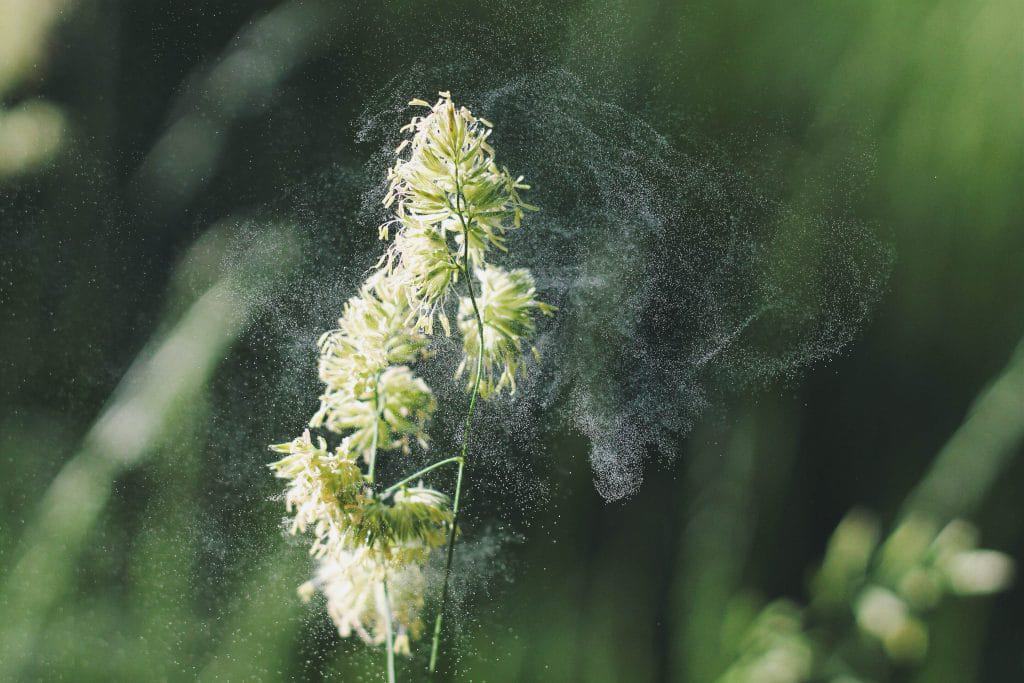 Fragrance isn’t the only thing wafting through the atmosphere as many allergy sufferers can attest to. Pollen has hit its peak, but where is it coming from and why?
Fragrance isn’t the only thing wafting through the atmosphere as many allergy sufferers can attest to. Pollen has hit its peak, but where is it coming from and why?
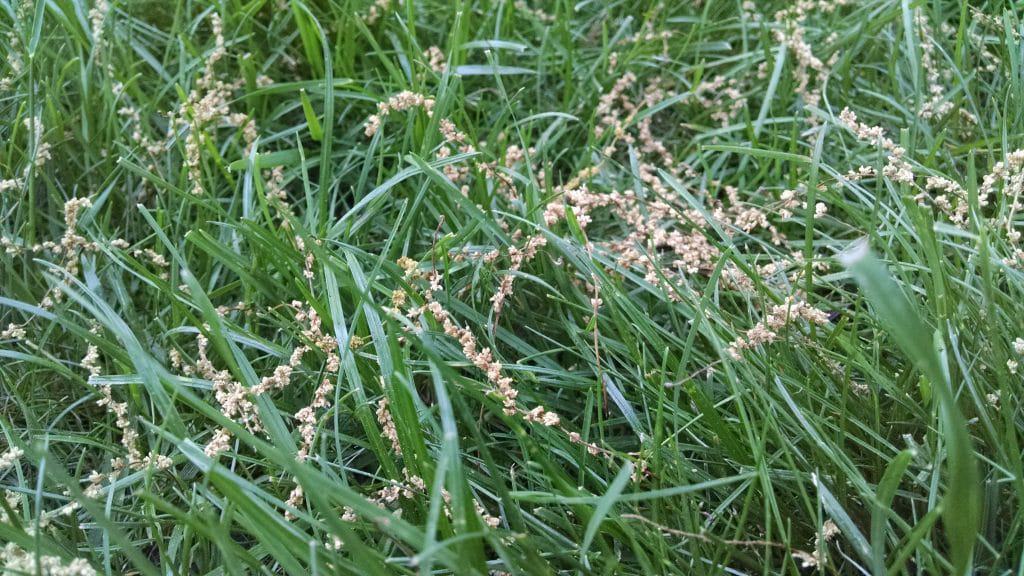 Flowers, trees, shrubs, grasses and weeds are all culprits. Pollen that aggravates allergy sufferers generally comes from “plainer” looking plants as opposed to those with showy flowers. For example, in the last 2-3 weeks, the mighty Oaks have produced catkins, the Spanish Moss of the Midwest. These are the stringy, brown things that collect in the grass and amass into irksome, absurd tumble weeds. Catkins, also known as aments, are clusters of male flowers. Each of the little seedy bumps represent one male flower, which is made up of a bract, a calyx, and a pollen producing stamen. Once the stamens have released their pollen into the air, the catkins fall to the ground, littering the landscape and clogging our gutters. Once on the ground, the pollen released is negligible, but their mere presence is an indication that pollen abounds. An overabundance of male trees can make this time of year even more unbearable for the allergy sufferer.
Flowers, trees, shrubs, grasses and weeds are all culprits. Pollen that aggravates allergy sufferers generally comes from “plainer” looking plants as opposed to those with showy flowers. For example, in the last 2-3 weeks, the mighty Oaks have produced catkins, the Spanish Moss of the Midwest. These are the stringy, brown things that collect in the grass and amass into irksome, absurd tumble weeds. Catkins, also known as aments, are clusters of male flowers. Each of the little seedy bumps represent one male flower, which is made up of a bract, a calyx, and a pollen producing stamen. Once the stamens have released their pollen into the air, the catkins fall to the ground, littering the landscape and clogging our gutters. Once on the ground, the pollen released is negligible, but their mere presence is an indication that pollen abounds. An overabundance of male trees can make this time of year even more unbearable for the allergy sufferer.
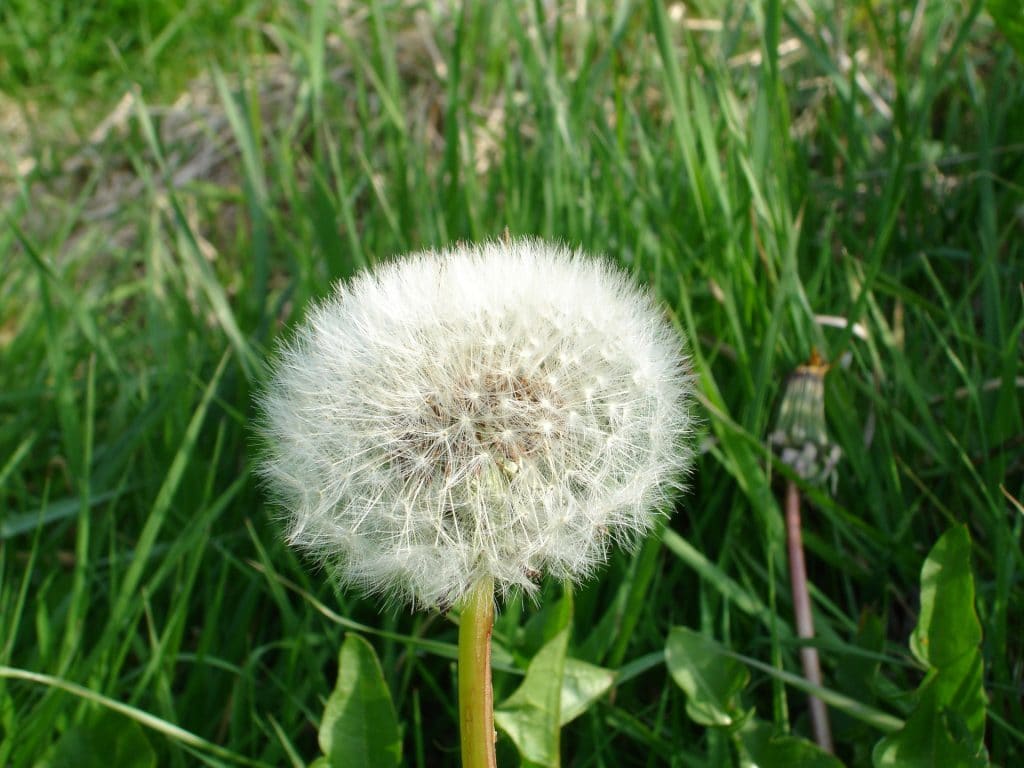 Grasses and weeds carry even more powerful allergens than trees, yet they can be better managed. Through mowing and weed management programs, you can keep the grasses and weeds from blooming, thus minimizing the allergen; however, just to put it into perspective, samples of ragweed pollen have been found 400 miles out at sea and two miles high in the air. Frustrating, I know.
Grasses and weeds carry even more powerful allergens than trees, yet they can be better managed. Through mowing and weed management programs, you can keep the grasses and weeds from blooming, thus minimizing the allergen; however, just to put it into perspective, samples of ragweed pollen have been found 400 miles out at sea and two miles high in the air. Frustrating, I know.
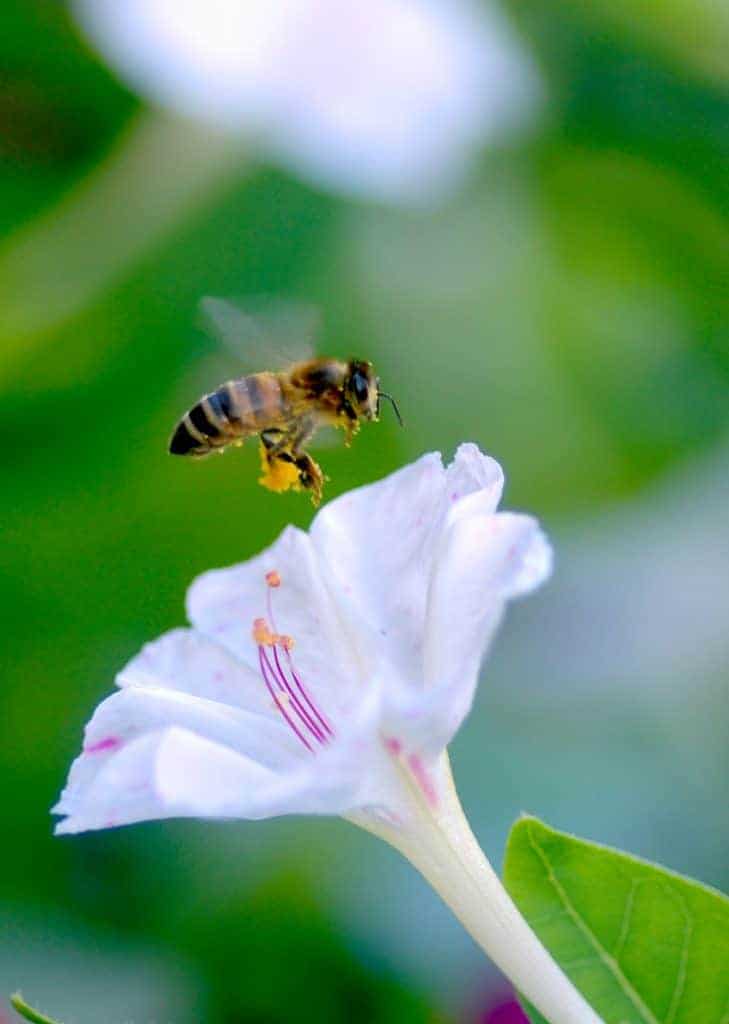
During Spring, Summer & Fall, something is always blooming, so the irritant, unfortunately, remains for most of the year. Pollen, although annoying, is an important part of plant reproduction. Some plants purposely attract insects to help pollinate while many plants rely solely on the wind. Fortunately, not all pollen causes allergies and with proper identification, you can somewhat minimize your exposure.
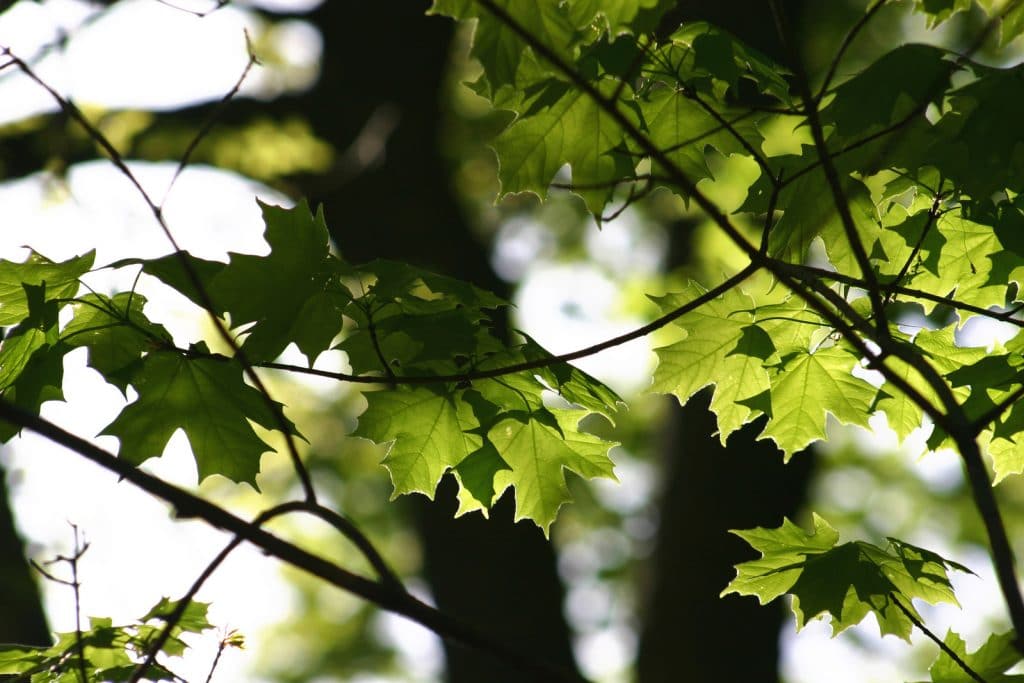 There are a number of trees to avoid, and they don’t just belong to a single species but rather a single sex – male. The allergen that triggers your allergy is usually produced by the male part of the tree. Tree species that bear separate male and female flowers on the same plant are called Monoecious. Examples of this species include Honey Locust, Oak, Sweetgum, Pine, Spruce and Birch. Unfortunately, there’s not much you can do than tolerate the allergen; however, tree species that bear male and female flowers on separate plants are called Dioecious. Examples of this species include Cedar, Cottonwood, Juniper and Yew. Choose the females as they bear no pollen and are allergen free. Good examples to help minimize allergies are Female Ash, Female Red Maple (especially “Autumn Glory”), Yellow Poplar, Dogwood, Magnolia, Fir, Spruce and Flowering Plum.
There are a number of trees to avoid, and they don’t just belong to a single species but rather a single sex – male. The allergen that triggers your allergy is usually produced by the male part of the tree. Tree species that bear separate male and female flowers on the same plant are called Monoecious. Examples of this species include Honey Locust, Oak, Sweetgum, Pine, Spruce and Birch. Unfortunately, there’s not much you can do than tolerate the allergen; however, tree species that bear male and female flowers on separate plants are called Dioecious. Examples of this species include Cedar, Cottonwood, Juniper and Yew. Choose the females as they bear no pollen and are allergen free. Good examples to help minimize allergies are Female Ash, Female Red Maple (especially “Autumn Glory”), Yellow Poplar, Dogwood, Magnolia, Fir, Spruce and Flowering Plum.
 If all else fails, experts recommend that you wash your hands thoroughly and often, wash your hair before going to bed, stay inside with air conditioning, as opposed to opening windows, rinse your nasal passages with saline solution and lastly, take that allergy medication as prescribed by your doctor, and take comfort in the fact that you’re not alone.
If all else fails, experts recommend that you wash your hands thoroughly and often, wash your hair before going to bed, stay inside with air conditioning, as opposed to opening windows, rinse your nasal passages with saline solution and lastly, take that allergy medication as prescribed by your doctor, and take comfort in the fact that you’re not alone.
Reach out to Sweeney’s for help in choosing low-allergen plants, trees and shrubs. It may not be possible to be 100% allergen free, but proper plant selection can most certainly help mitigate allergens.
Plant of the Week
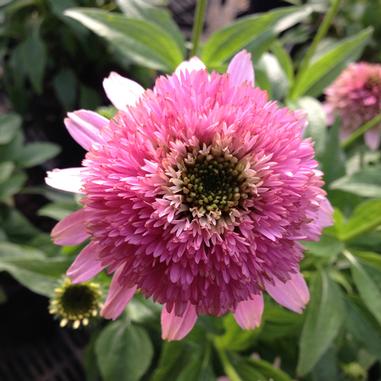
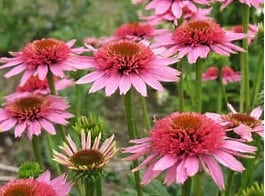
Butterfly Kisses Coneflower
Double flowered, fragrant bloom with pom pom center and lighter pink petals blooms June – September. Prefers full sun and moist, well-drained soil. Grows 12-18″ tall and 12-18″ wide. Attracts pollinators. Drought tolerant.
“Outside…the air was enticingly fragrant, yellow with pollen and rich, lemony sunlight.”
-Alice Hoffman
Best wishes,
Kim Sweeney
